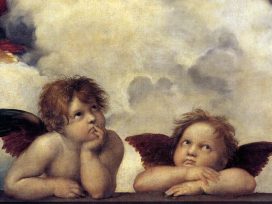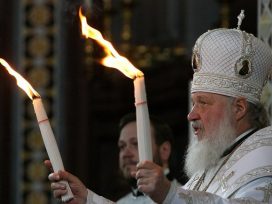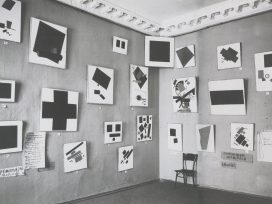
Overturning an adherence to cultural classics has historical precedents. For the Soviet avant-garde, revolution meant dispensing with symbols of reverence: everything from Renaissance paintings to Tolstoy. And, in the process, the likes of Mayakovsky left their own work ultimately open to being cancelled, both conceptually and for real.

